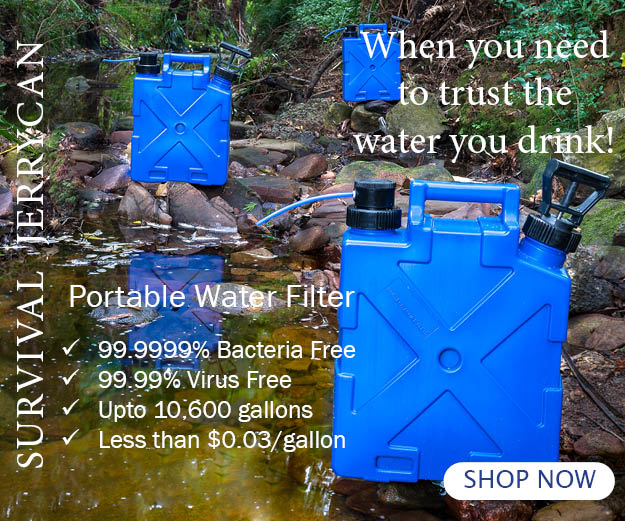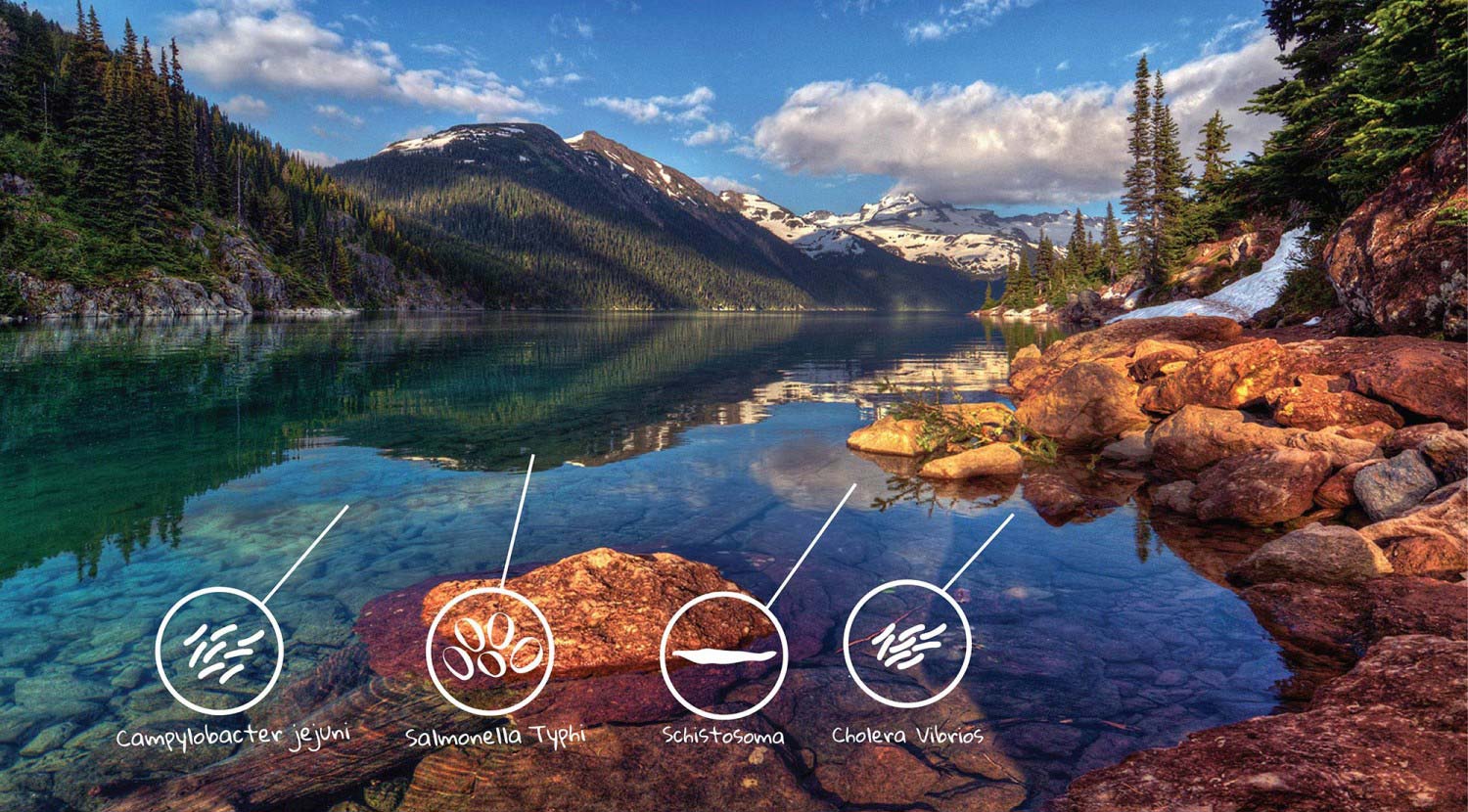Water is vital if you end up being stranded out in the wilderness. Here are some suggestions to discovering water for survival.
First, try to find surface water in the location. Rivers, streams, and lakes are often outstanding sources for water. If you find running water at high altitudes in separated areas, it is probably safe to drink. Never assume water is safe for consumption. It is always best to be cautious. Water from melting ice and glaciers, for instance, frequently consists of bacteria that can be harmful to humans when consumed.
If you are unsure of the quality in the area, always cleanse any water. Prevent taking possibilities whenever possible. This is the best way to stay safe and healthy.
Preparing for a hike is critical for your survival
If you are unable to find surface area water, do not worry. Dig into damp soil. Allow the water to settle and end up being clearer.
This muddy water can be filtered and cleansed to become safe drinking water with a little effort and time. Although drinking, from what is essentially a mud puddle, may not sound attractive, it truly can conserve your life in an outside survival scenario.
Beware of stagnant water with little or no signs of life. This is often a red flag cautioning you to stay away.
Look for animal tracks that converge. See if they will lead you to a water source.
Valleys are great locations for natural drainage, so inspect low areas for possible water.

As the Scouts say..Be Prepared
Pests often stay near water, so if the pests are plentiful, you are most likely close. Birds will frequently fly near sources of water.
Collecting water is another method to get the adequate fluids you need to survive. Water is generally safe to consume. Collect rain water in a clean container to remain hydrated.
You can also gather water from plants. Wet a fabric by soaking it in the early morning dew discovered on long, damp lawn. Once the cloth becomes saturated, wring it out directly into your mouth or a collection container. Drink what you can and desire in the morning and conserve as much water as possible in your collection container to drink for the remainder of the day.
Roots from plants and trees collect water from the ground. Let the plant work for you to gather water. Find a growing branch that has exposure to the sun. Connect a plastic bag over this branch. Close the bag, however be careful not to puncture a hole in it. Let a corner of the bag hang low to collect the drinking water from the condensation
Finding water is key to survival in an emergency. With these suggestions, you ought to have no problem finding the water you require to remain hydrated in a survival situation. Always remember to properly purify any water that may be questionable.
Here are some ideas to finding water for survival.
If you find running water at high altitudes in isolated locations, it is probably safe to drink. If you are not able to find surface area water, don’t fret.
Discovering water is essential to survival in an emergency situation. With these suggestions, you need to have no issue finding the water you need to remain hydrated in a survival situation.




